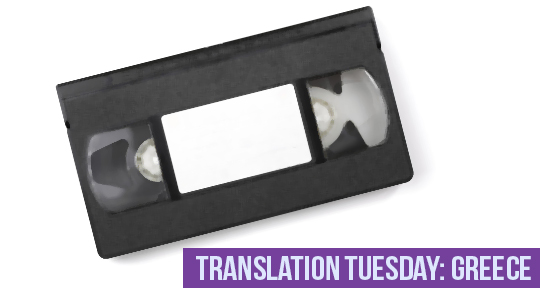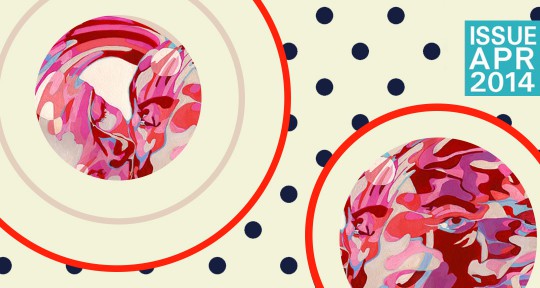This week’s Translation Tuesday features work by Greek writer Vassilis Alexakis, who is known for his self-translation work: translating his own work from Greek to French and vice-versa in order to study the lived experience of moving through cultural and linguistic boundaries that recalls Beckett’s experimentation. “Platini’s Free Kick” offers a vision of a man obsessed with event and form. As the story twists on, the free kick is stripped of its content as it becomes the focal point for the speaker, a movement of concentration on an object that invokes idolatry and addiction. Rebecca Dehner-Armand’s apt translation brings out the mundane terror of Alexakis’ story, which offers a critique of the persistence of an object and the effects of transfer, wear, and social tension on the way that objects create meaning for the viewer and how that meaning can change and dissipate over time. This dissipation and wear hint at the anxiety of a text or concept being used and reused. Alexakis’ story forces us to ask: Can the original effect of an event or form hold its sway over an individual without both the viewer and the viewed dissolving?
Michel Platini scored the most beautiful goal I’ve ever seen in my life with a free kick against the Dutch team. I’m almost certain that it was the team from the Netherlands: on the videotape, there are still a few traces of orange, the color of the Dutch jerseys. It was not merely a magnificent goal: it seems, in fact, that it ensured the French team’s qualification for the World Cup, which must’ve been held that year in Mexico, or in Argentina. Or in Italy, maybe. No matter. It would not be an exaggeration to say that this historic goal changed my life.
I saw the match at home. I didn’t even regret not finding a ticket for the Parc des Princes, because some goals are shown exclusively on TV in slow motion. Fortunately, I thought to record the match, as if I’d sensed that it would be exceptional. I watched the match alone, because neither my wife nor my daughters like soccer. Was it during the first period that Michel scored? Actually, I think it was during the second half, I would even say during the last fifteen minutes, because things had grown very tense and anticipatory as much on the field as in the stands, as is always the case at the end of a game.


